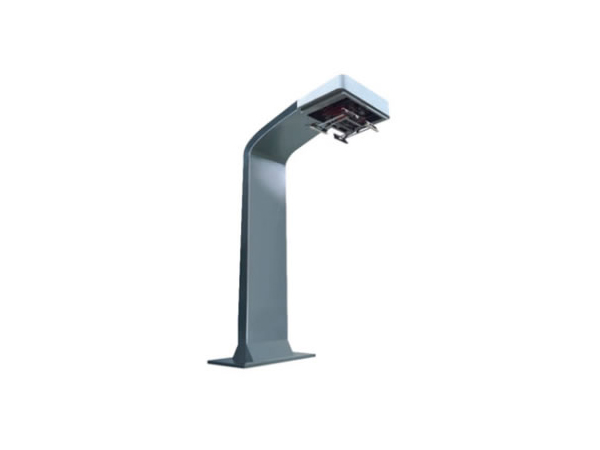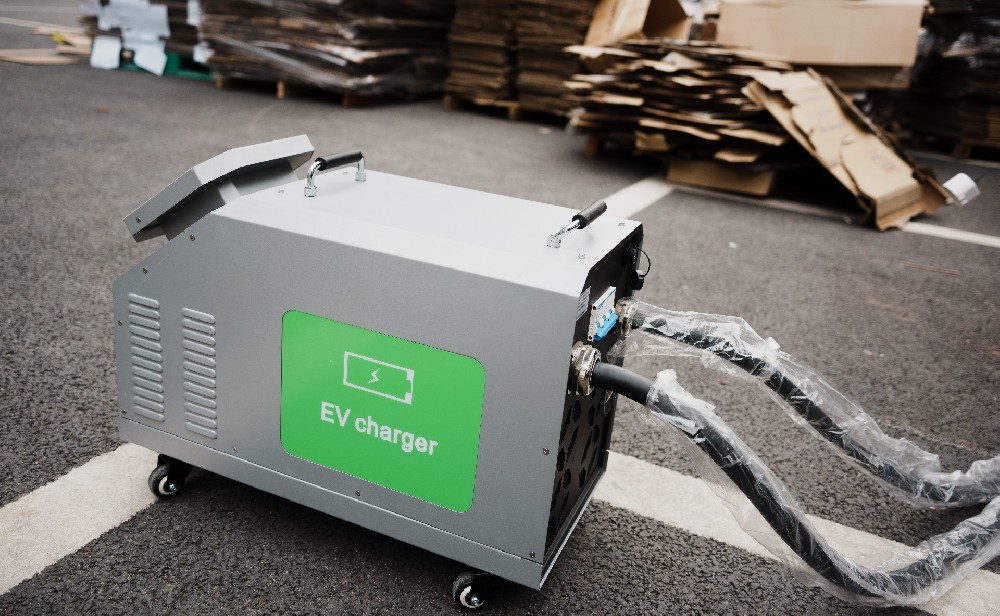-
13822183778@139.com
-
13822183778
Why are electric cars not fully charged when charging
There are many reasons for insufficient charging of pure electric vehicles, including the following common situations:
State of Charge (SOC) threshold protection is applied at the charging station to reflect the remaining capacity of the battery. For example, if the SOC protection threshold is set to 95% at the charging station, the vehicle will immediately stop charging when it reaches 95%. This is a normal phenomenon when the vehicle is not fully charged;

2. Electric vehicle manufacturers may make special designs for safety reasons, and the actual charging capacity may be smaller than the labeled battery capacity;
3. The battery level of electric vehicles is normally declining. Generally, after 2 to 3 years of use, the battery will show signs of decay and may not be fully charged;
4. When the charging system of an electric vehicle detects certain abnormalities during charging, it will automatically stop charging, such as high battery temperature, overcurrent and overvoltage protection at the charging station;
5. Some car models may estimate the range of the vehicle based on driving habits, which can sometimes result in a lower estimated range during the driving process.
 How long does it take to charge ···
How long does it take to charge ···
 DC Fast Charging CCS type 2 plug
DC Fast Charging CCS type 2 plug
 The high-voltage and high-curren···
The high-voltage and high-curren···


